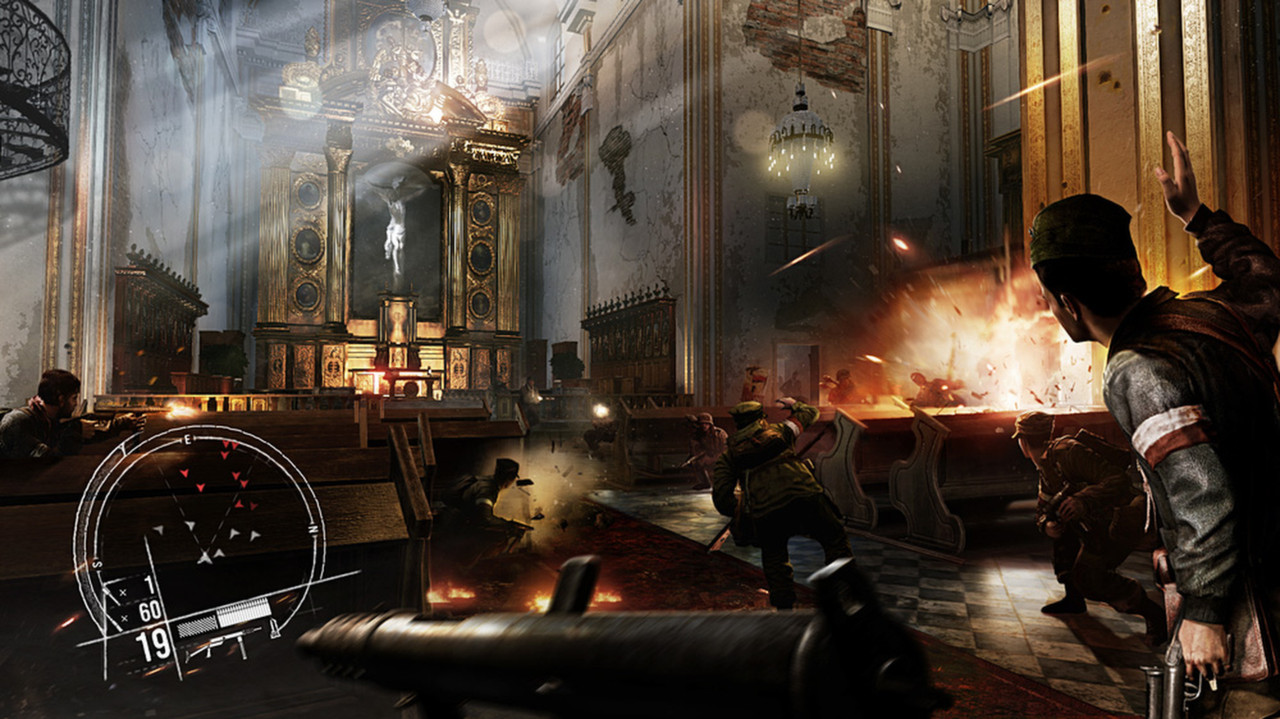

Summary Minutes of Meeting, Eisenhower's Villa, Algiers, 29 May-3 Komer], Anzio Beachhead, AMERICAN FORCES IN History of the Fifth Army, 1943-1945 (Washington: Infantry Journal Clark,Ĭalculated Risk (New York: Harper & Brothers, 1950) Secondary sources on the Anzio landing include: Mark W.
Enemy front proper crack only series#
Volume in the series UNITED STATES ARMY IN WORLD WAR II. The Italian campaign, from the autumn of 1943 to the spring ofġ944, is covered in the author's forthcoming Salerno to Cassino, a


North of Rome the first terrain on which the Germans could anchor a defense seemed no closer than the Pisa-Rimini line-which would represent a sizable Allied step South of Rome the terrain was eminently suitable for the tenacious defense holding the Allies in check. Through Rome passed the troops and supplies nourishing the implacable resistance that prevented the Allies from marching up the Italian boot. More important, Rome was the center of the Italian communications system. In support of the Allied predilection for Rome, military reasons could be marshaled. The first Axis capital to fall to the Allies, it would demonstrate irrefutably the progress of Allied arms on the European continent, perhaps stimulate revolt or increased guerrilla activity in German-occupied Europe, and without doubt strike a serious blow against German morale. "Keep on giving it all you have," he wrote to the commander of the Fifth Army in December 1943, "and Rome will be ours and more beyond." Though the Combined Chiefs had not mentioned Rome as a goal of the Italian campaign, Prime Minister Winston Churchill "passionately" desired to capture the Eternal City, and this fact was well known among the Allied echelons of command.

While containing the maximum number of German forces in Italy by means of offensive operations, the Allies had their minds fixed on Rome. The Allies, therefore, in fighting up the boot of Italy, were serving the cause of the second, engaging German forces that otherwise might be employed in battle on the Russian front or in preparations to repel the Allied invasion of northwest Europe (OVERLORD) scheduled for the spring of 1944. The Allies had achieved the first purpose even as they prepared to invade the Italian mainland at the toe and at Salerno: Italy had surrendered in September 1943. Of the war and tie down as many German forces as possible. According to the formal directive of the Combined Chiefs of Staff, the object of invading the peninsula was to knock Italy out The issues of this, the most significant command decision at Anzio, were rooted in the Allied motives for waging war on the Italian mainland. On the other hand, if he refused to gamble, he might throw away the opportunity to secure a strategic objective at little cost and in one master stroke bring to an end an arduous phase of the Italian campaign. By gambling, he might lose the entire force under his command. If he made his choice on the side of safety or security, he would lessen the risks of an inherently hazardous operation. Thus he alone would shape the pattern of events that was to develop at Anzio.
Enemy front proper crack only free#
With orders from the next higher echelon of command deliberately left vague, General Lucas was free to choose. One seemed to him to verge on recklessness, the other could perhaps be criticized as overcautious. Yet two alternatives were in fact valid and open to him, though neither satisfied him completely. He rejected a course of action that to him appeared unwise or imprudent. Lucas, commander of the VI Corps in Italy, viewed and resolved his command problem immediately after the Anzio landing in January 1944. (see end of file for information on author)Ī commander can make a decision simply by ruling out what appears to him to be impractical or unfeasible. Chapter 13 General Lucas at Anzio by Martin Blumenson


 0 kommentar(er)
0 kommentar(er)
